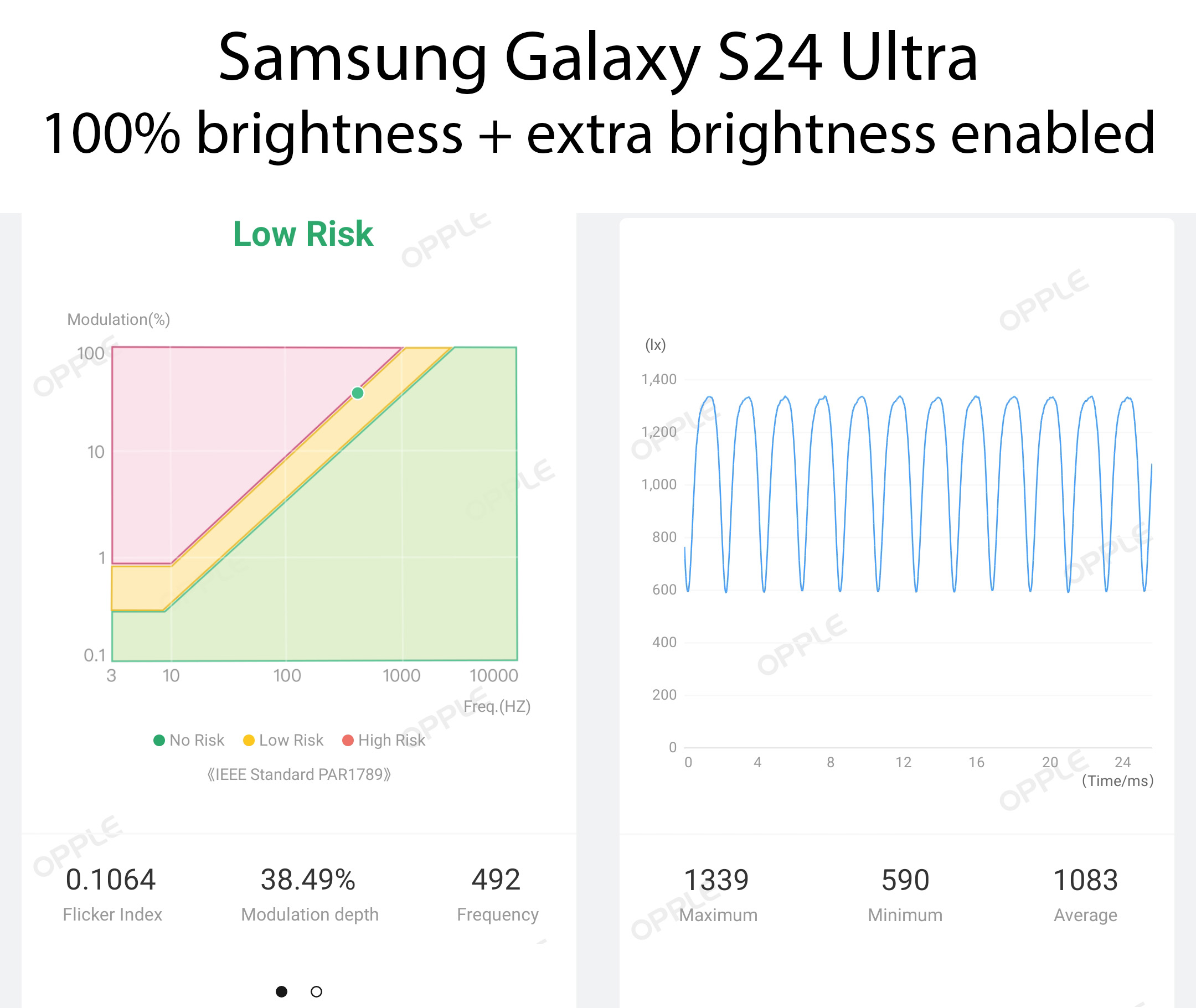The Samsung Galaxy S24 finally copies a much-needed iPhone display feature
It finally beats the iPhone's PWM refresh rate.

What you need to know
- The Samsung Galaxy S24 series sports a new AMOLED display with an improved PWM rate of 492Hz.
- All previous Samsung AMOLED panels on Galaxy phones ran at 240Hz PWM, giving some users headaches, eye aches, and other issues.
- Apple used the same 240Hz PWM rate for years, finally improving it to 480Hz with the iPhone 13 series.
If you pick up any of the three new Samsung Galaxy S24 models this year and notice that the display seems a little easier on the eyes, there's a good reason. That's because Samsung finally increased its AMOLED display panel's PWM (pulse width modulation) refresh rate, now exceeding the iPhone's 492Hz PWM frequency.
If you're unfamiliar with pulse width modulation, better known as PWM, you're not alone. When Apple switched to OLED displays on the iPhone X back in 2017, some users suddenly found that their favorite phone was making them feel sick or giving them headaches. It turns out the OLED display wasn't dimming like an LCD display and instead rapidly turned on and off 240 times per second to trick users' eyes into thinking the display looked dimmer or brighter.
This low flickering rate has been the ire of many PWM sensitive folks, and Apple improved the the PWM rate to 480Hz when the iPhone 13 launched. With the Galaxy S24, Samsung is finally beating Apple's 480Hz PWM rate across all three phones: the Galaxy S24, Galaxy S24 Plus, and Galaxy S24 Ultra.
The measurements we took of the Galaxy S24 Ultra's display are seen below, showing a much higher PWM rate of 492Hz and a more eye-friendly sine wave dimming pattern at high brightness levels.

Over the past several months, manufacturers like Honor and OnePlus have improved the PWM rate of their displays to significantly higher numbers — up to 3,840Hz on many Honor phones and up to 2,200Hz on the OnePlus 12. Not only that, but many companies like OnePlus, Motorola, Nothing, and a handful of others offer dimming solutions similar to LCDs while still offering the visual quality of an OLED display.
I've been using the Galaxy S24 Ultra for the past few days and have found that it's far easier on my eyes than the Galaxy S23 Ultra, a phone that hurts my eyes within a few seconds of using it. We'll have to wait for the full release of the phone on January 31 to see if more users find the new settings helpful for daily use.
With future software updates, Samsung could improve things by adding DC-like dimming at high brightness levels and ramping up PWM rates further at low brightness levels. Research shows that PWM rates under 1,000Hz have been shown to cause issues at low brightness levels, particularly as the peak brightness of OLED displays continues to get brighter.
Get the latest news from Android Central, your trusted companion in the world of Android
If nothing, it's delightful to see the industry moving toward a focus on eye health, including more focus on blue light reduction, flicker-free displays, and display certifications from standards organizations.
Samsung Galaxy S24
Get incredible deals when you preorder a Samsung Galaxy S24 before January 31, including free phones, epic savings, and more.


